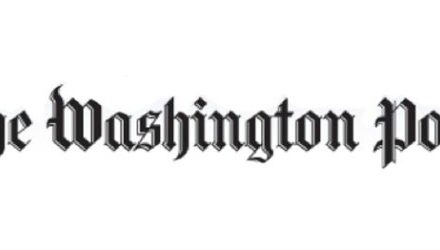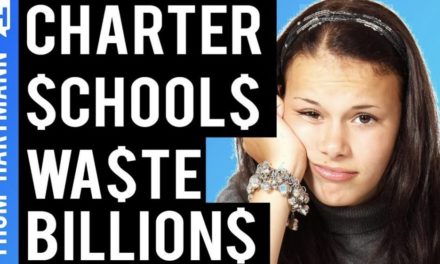Two education-related grant programs operated by the U.S. Department of Education—both of which dole out millions in federal tax dollars for educating K-12 children every year—present two opposing truths about government spending on public education: that it can be wasteful and misguided, or innovative and informed.
The first program enjoys the significant backing of industry lobbyists and wealthy foundations, and allows private education operators—some that operate for-profit—to skim public money off the top. It also adds to racial segregation in public schools, and squanders millions of dollars on education providers that come and quickly go, or simply fail to provide any education services at all.
The second program helps schools expand learning time and opportunities for students, especially in high-poverty and rural communities; promote parent engagement; encourage collaboration with local businesses and nonprofits; and become hubs for child- and family-related services that contribute to students’ health and well-being.
These strikingly different outcomes result from two different intentions: the first program’s goal to promote a type of school that is vaguely defined versus the second’s goal to expand a way of doing school that is supported by research and anecdotal evidence.
The first grant program is the Charter Schools Program (CSP), which funds privately operated charter schools and their developers and advocacy organizations. The program, started during the Clinton Administration and greatly expanded during the Obama years, gives money directly to charter schools and to state education agencies and charter school-related organizations to distribute to new, existing, or proposed charters. …






Recent Comments